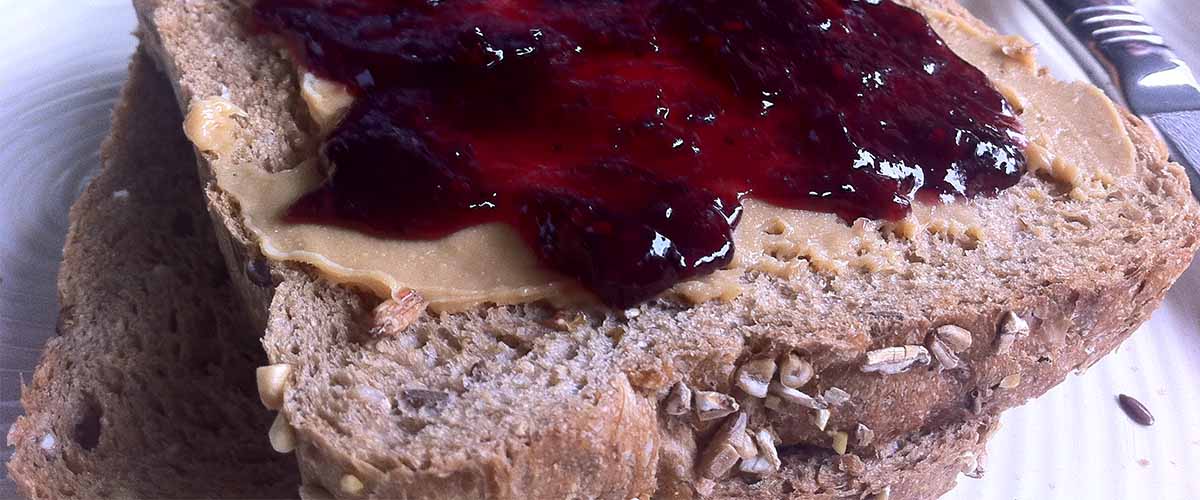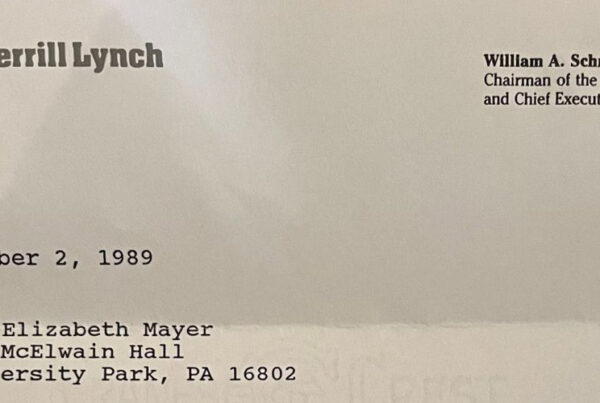
I enjoy reading David’s newsletters and blog postings. He always offers insights and useful suggestions. One that really struck me as an “aha” was one from last week about how not to clutter up an offer on a web page. With the clutter, you reduce the potential for your success. Read on peanut butter & jelly lovers (you’ll get it after reading)…
Landing Pages: Don’t Forget to Cut Off the Crusts!
A landing page is a web page created solely to support traffic that is inbound from an e-mail or online promotion.
Landing pages are optimized for the audience you anticipate sending to them, sporting tailored content that helps the prospect to take whatever your desired next action is.
They are a critical tool for online marketing.
One thing that many people forget about them is that the best landing pages have the crust cut off. Let me explain what I mean here.
My two daughters will not eat a PB&J (peanut butter & jelly) unless the crusts are cut off the sandwich. Removing the crusts lets them focus on the yummy goodness in the middle. You should do the same with your landing pages.
Most content on your site sport a variety of navigation tools, promotions, and other links around the perimeter of the page. This gives the user lots of options for navigating to their next page.
With a landing page, you only want the visitor to take one specific next action. Therefore, you should cut the crusts off your landing pages, removing this extraneous navigation and content from the edges of the page.
Crust-less landing pages keep the visitor focused on the specific messages you want them to read and the next step you wish them to take. Note that on Amazon.com when you enter the payment process, all of the navigation goes away. Same concept is at play here.
Cut the crusts off your peanut butter & jelly website pages and watch your conversion rate improve!
Reprinted with permission
Interested in (dramatically) improving your storytelling, public speaking, or communication skills?
MORE STORIES TO READ
- Don’t Be The Idiot In The Red Convertible
- Next Time, Ask Tanya
- Don’t Judge a Book by its Tattoo, Guest – Ron Rosenberg
- All story examples
FURTHER READING ON BUSINESS STORYTELLING
Photography Source: Flickr, Beau Giles
#chiefstoryteller #marketing #design #web #storytelling



